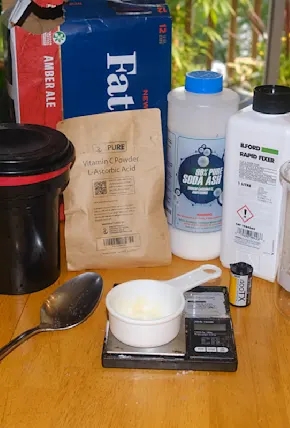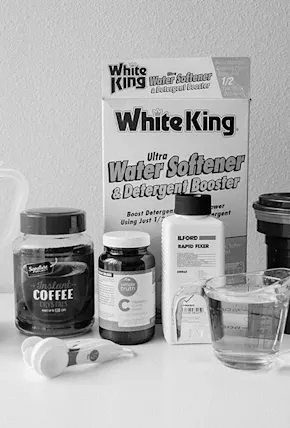Nate Stephenson is a photojournalism major based in Santa Barbara, CA aiming to pursue a career in documentary style visual storytelling with an emphasis in film photography.
Bonaire is a tiny island municipality of the Netherlands in the southern Caribbean, located some 50 miles off the coast of Venezuela. In a world where dying reef is so unfortunately common, the reef surrounding Bonaire is well protected and full of life within the oldest marine reserve in the world.
I’ve been curious about underwater ocean film photography for years, but didn’t know the first thing about it. Always being too broke to afford a water housing and never taking the plunge into Nikonos territory fueled an illusion of underwater 35mm being a difficult world to tap into. Then the SeaLife ReefMaster RC came along, a little 35mm dive camera I snagged off eBay a few months back, ahead of a planned Bonaire trip. The bright yellow housing and duck tape-secured batteries make it less than posh, but the voice it gave me to even slightly express how it feels to be 80 feet underwater next to a towering wall of coral surrounded by fish certifies it as the best $14 I’ve ever spent.



















